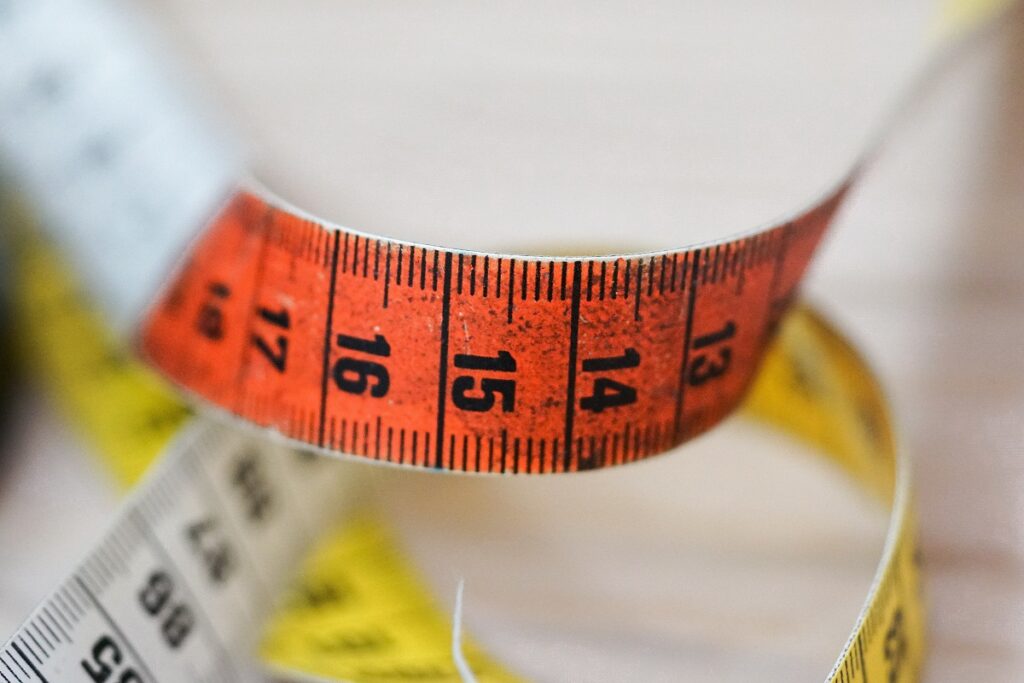If you’re part of the digital marketing universe, chances are you’ve heard of the common misconception that social media (and social media marketing) is easy-peasy. People outside of this sphere of work tend to think that social media activities for business purposes are pure fun and joy and that they require no effort, just snap a photo and post! Although the social media aspect of marketing can be fun as it’s a creative process, it still involves loads of planning, research, analysis, and scheduling. But the work doesn’t stop there as in a fast-paced business environment things take a turn quickly and marketing strategies are subject to constant improvement. But in order to improve your social media marketing strategy, you’ll need metrics to compare. This is where the question of “how to measure social media marketing success?” arises.
There is an abundance of techniques and tricks to use for social media marketing. However, you could be wasting your time if you don’t understand what’s going on at the moment. I’ll go through four social media indicators that you should track in this post. You’ll figure out how to measure them and which ones to pay attention to.
Understanding social media metrics
Data points that illustrate how effectively your social media plan is doing are known as social media metrics.
Metrics act as LEGOs for continuous improvement and growth, helping you understand anything from how many people read your content to how much money you make from social media.
Social media stats inform you if your plan is effective and where you can improve. They tell you how much time and money you’re putting in, as well as how much you’re getting back.
You can’t grasp what’s going on with your company in the social world without numbers. You won’t be able to formulate a well-informed approach. You won’t be able to link your social media activities to real-world company objectives or demonstrate your achievement. Furthermore, you are unable to detect declining patterns that may need a shift in approach.
While it may appear challenging at first, building momentum on social media isn’t difficult if you know the key performance indicators (KPI) to monitor.

Calculating KPIs
To create and track successful social media KPIs, begin by setting a goal to achieve particular business objectives using social media KPIs. After you’ve determined the value of measuring all digital marketing KPIs, compare your present performance to the growth you’ve achieved through social media strategy. As the business evolves, you’ll be able to examine the social media KPIs with a forward-thinking plan.
Your KPIs for social media show you precisely which route to take with your content while mastering how to measure social media marketing success. Your team’s attention will be directed toward data and social media trends, resulting in the social media marketing achievement you seek.
Top KPIs to look at when measuring social media marketing success
Reach
The number of individuals who see your material is known as reach. It’s a good idea to keep track of both your overall reach and the reach of any particular post, story, or video.
Reach can fall into three categories: organic, viral, or paid reach. Let’s break these down.
Organic reach refers to the number of users or visitors who saw your content because they are part of your following; while paid reach refers to the number of people who saw your content via sponsored ads. Last but not least, viral reach refers to content that has been reposted, suggested to the users, or shared with content hashtags.
The most sought type of reach for any marketer is organic reach, however with the amount of content appearing online daily it’s becoming more challenging to reach the news feeds of users. Content shared by friends and family is currently being favored by new algorithm changes.
Engagement
We’ve already established that reach is very important, but without engagement, reach doesn’t mean much, especially on social media.
Engagement encompasses everything from likes to comments to sharing and reposting. Sharing and reposting are very valuable when it comes to social media engagement as they can boost a brand’s online presence.
Consider rethinking your marketing plan if you want to stand out with social media involvement. The aspect in your approach that can immediately lead to possible sales will be dynamic content that fosters engagement.

Growth rate
The audience growth rate is a metric that counts the number of new followers your brand gains on social media in a certain period of time.
It’s not just a simple tally of new followers. Rather, it calculates the number of new followers as a fraction of your entire audience. Gaining between 10 and 100 new followers in a month might provide you with a strong growth rate while you’re just starting out.
However, if you have a larger established following, you will require more new followers to keep the momentum going.
ROI metrics
Return on investment or ROI is what is a performance measure used to evaluate the efficiency of an investment or compare the efficiency of several investments.
- The click-through rate, or CTR, is the percentage of users who click on a link in your article to get further information. Everything from a blog article to an online store qualifies. The click-through rate (CTR) tells you how many people viewed your social media material and desired to learn more. It’s a good measure of how effective your social material is at promoting your product.
- The amount you spend for every unique click on a social ad is known as cost-per-click, or CPC. Knowing the average order value or the lifetime worth of a client for your company can help you put this statistic in context. With a high conversion rate and a high lifetime value of a client, you can afford to pay more per click to initially obtain traffic to your website.
- The term “cost per thousand impressions,” or CPM, means exactly what it says. It’s the amount you spend for every thousand times your social media ad is seen. The main focus of CPM is views, not actions.
How to measure social media marketing success (and what tools to use?)
Many of the actual data you need to calculate and analyze your social media success may be found in each social network’s analytics tools. This is an inconvenient approach to keeping track of your social stats. However, because these tools are free to use, they might serve as a fantastic starting point for monitoring your social data.
After you’ve gathered all of your statistics and calculated your results, you’ll want to keep track of everything in a social media report. You can find social media report templates on different websites, such as Hootsuite or SproutSocial which you can use to track and show your statistics over time.

Final thoughts
We’ve selected the most important social media indicators that are the most relevant to most businesses and objectives from the hundreds of metrics accessible to track. To summarize, knowing how to measure media marketing success is critical since it shows if a campaign or plan is effective over time.
Engagement, reach, and ROI, are the most prevalent and often significant KPIs to monitor. When you combine them, you’ll get a 360-degree perspective of your social media productivity. You’ll add new and more sophisticated indicators as time goes on and new goals are set, making them more pertinent to your organization.
Like this article? Learn more about digital marketing strategies here.


